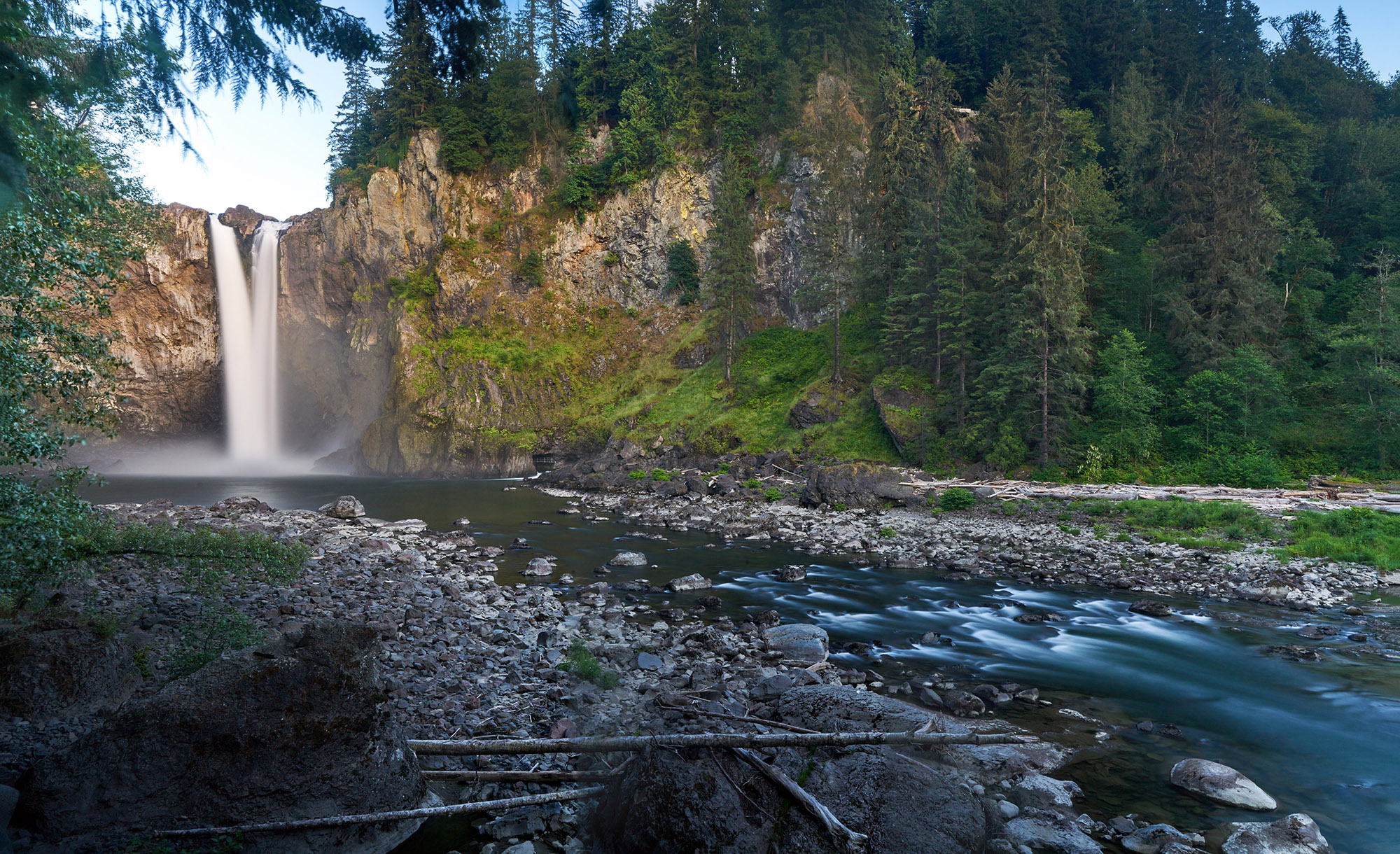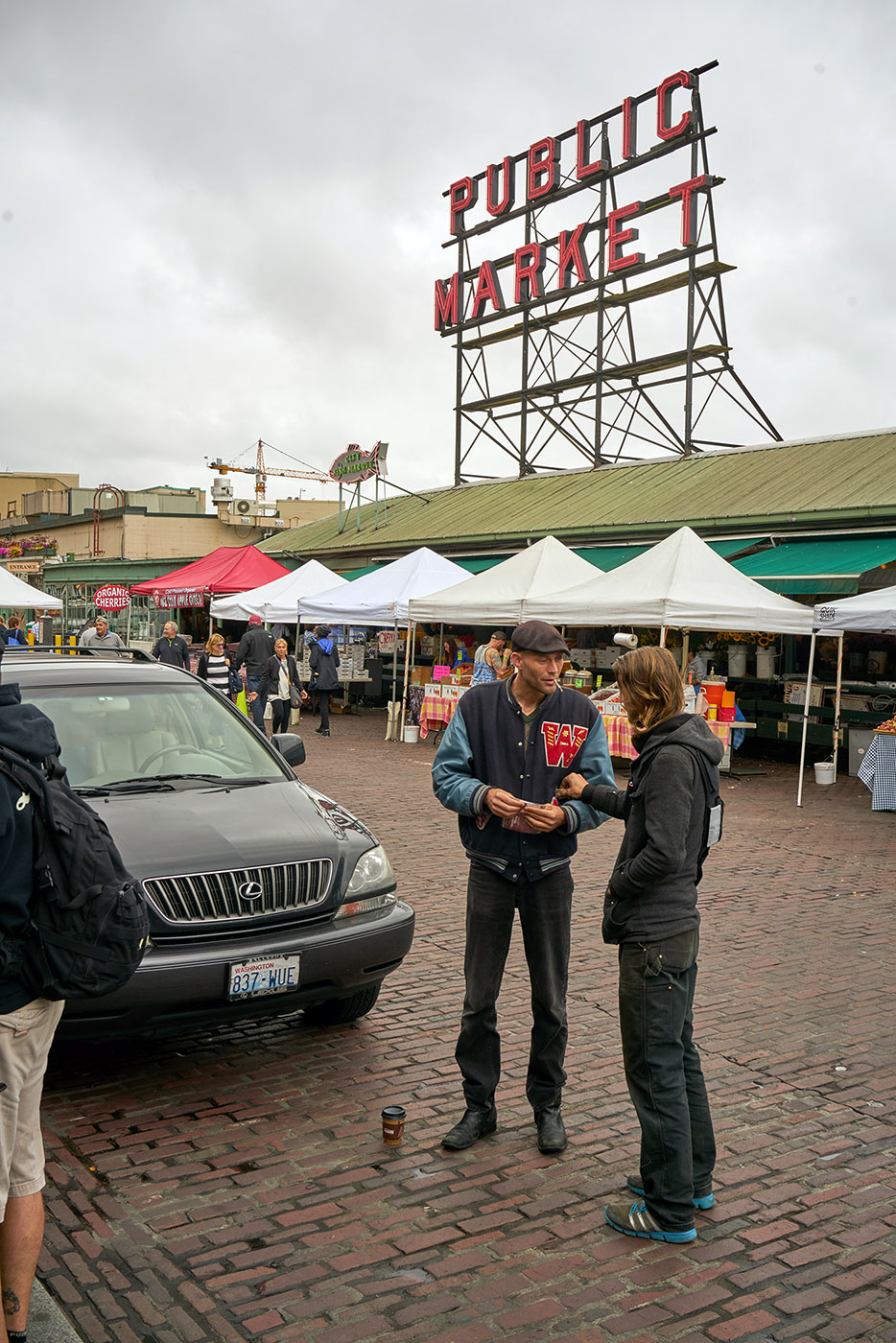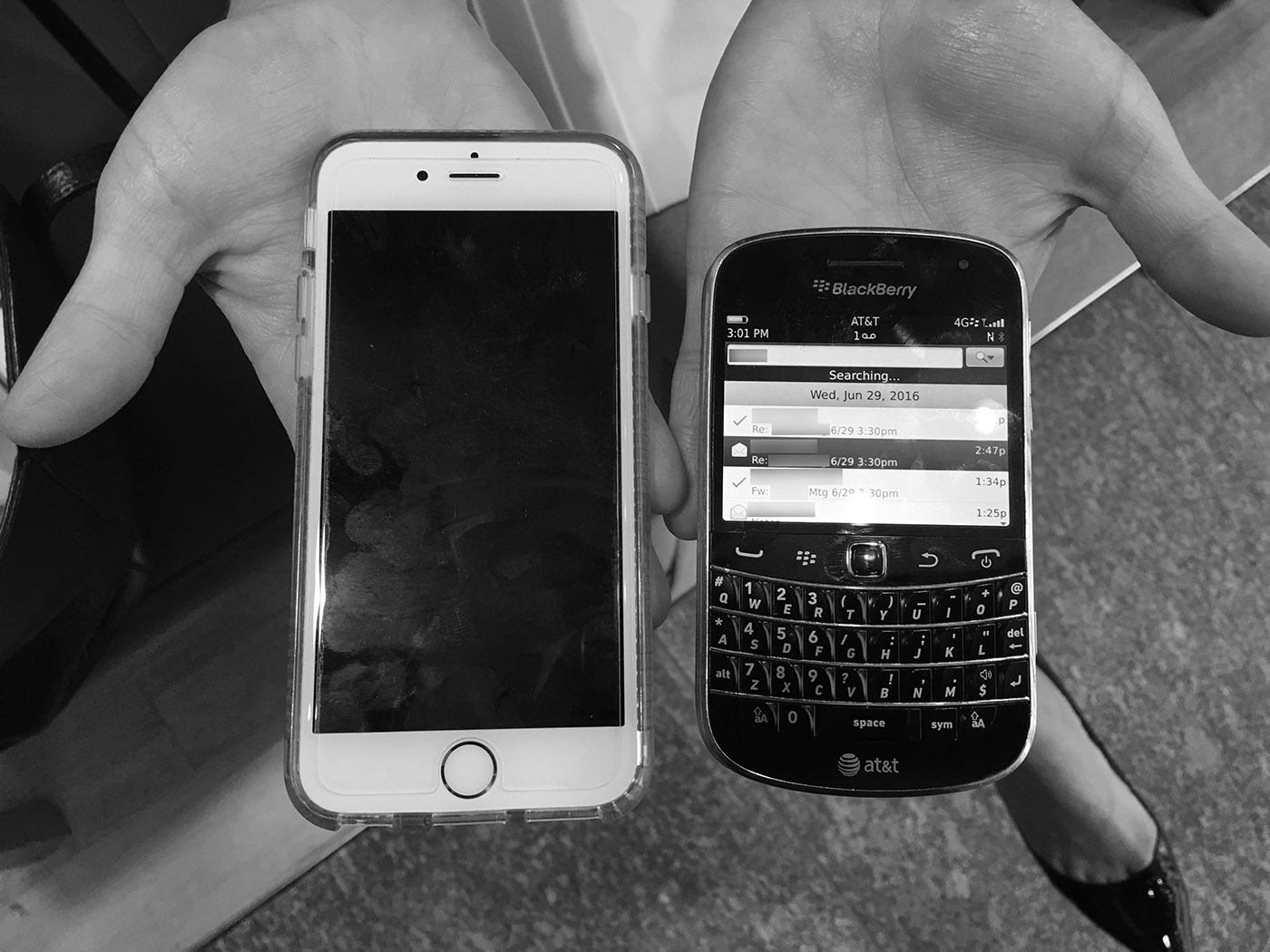A beautiful and rather interesting place.






The indefatigable DUKW.

















Tap for a larger view (above), taken on the Bainbridge Island – Seattle Ferry.



The astute observer might notice Beecher’s cheese.
I’ve not seen this in awhile. A young professional on travel with the mandated Blackberry in one hand and the personal iPhone in another.

Still. Summer 2016.
The employer is quite large. “Thanks for pointing this out”.
We expect our executives to have a strong understanding of the financial performance of their companies. Shareholders would find it strange – or more likely, unacceptable – if a CEO said, “I’m not financially-inclined” and passed along financial performance inquires to his or her CFO. Similarly, CEOs in an increasingly digital world will struggle to say, “I’m not technical” and hand over mission-critical business questions for the engineers to answer.
Would you, as an employer, hire an MBA who graduated from a program that taught strategy, marketing, leadership, and operations — but did not teach finance or accounting? An MBA program that lacks a computer science curriculum is like a program that lacks finance or accounting.
The relationship between news organizations and platform companies has become far closer far more quickly than anyone predicted. The increasing influence of a handful of West Coast companies is shaping every aspect of news production, distribution, and monetization.
In the past 18 months, companies including Facebook, Apple, Twitter, Snapchat, and Google have moved from having an arm’s length relationship with journalism to being dominant forces in the news ecosystem. By encouraging news publishers to post directly onto new channels, such as Facebook Instant Articles and Snapchat Discover, tech companies are now actively involved in every aspect of journalism.

The VW Type 2.
Checking in is always interesting, particularly if one arrives at off hours or during inclement weather.
We arrived at the Grande Denali Lodge with anticipation. The inn occupies a ledge with a beautiful view of Alaska’s Denali National Park and the surrounding area.
While parking and preparing to check in, I noticed an abundance of yellow hazard tape around the inn’s entrance.
A fire – quickly extinguished inside and through the roof – started in their beautiful stone fireplace. The interior was soaked.
However, the staff were very well organized and quickly checked us in. They further provided complimentary breakfast coupons for our family at a nearby resort.
While checking out, I complemented a manager on the professionalism and courtesy we experienced during our brief stay. He responded “the fire and several power failures all at once; I feel like I’m living through the seven plagues. People have been complaining”.
The Grande Denali Lodge features wonderful views, a quiet setting and great people. I highly recommend it.
The short road to the Lodge is rather eclectic:

